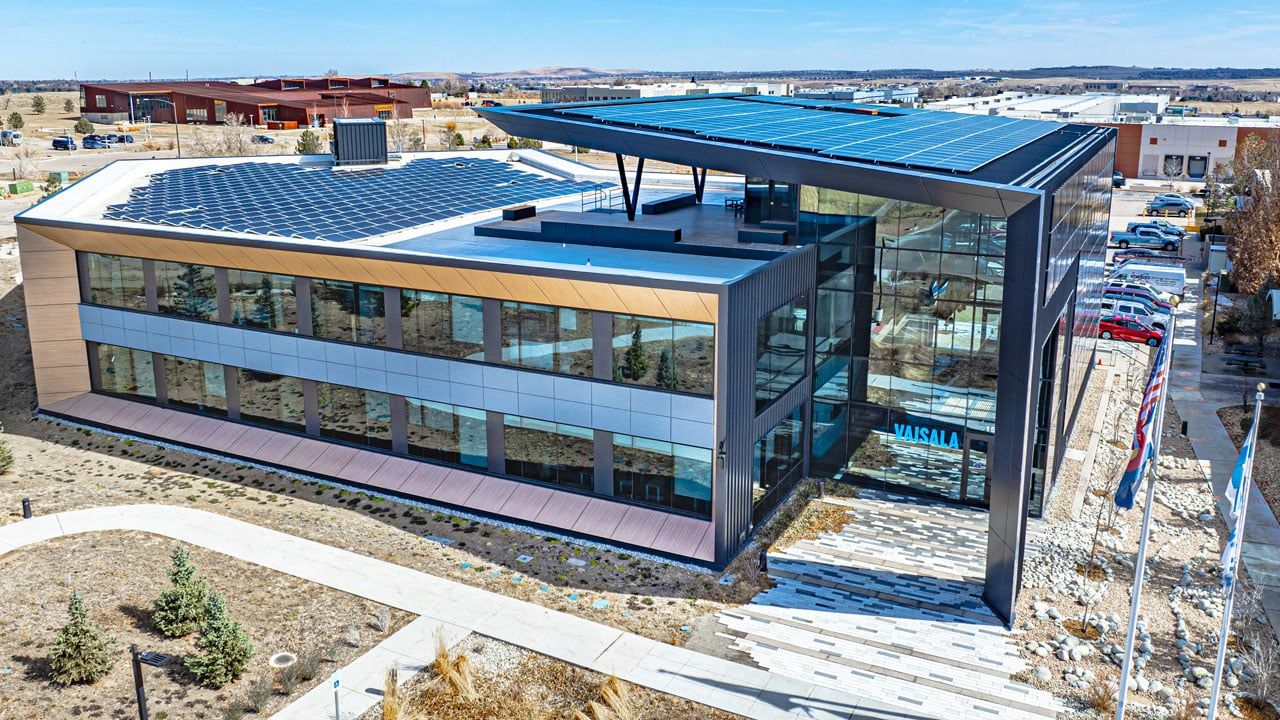Budget cuts hit research hard
Some have experienced 5 percent to 10 percent cuts in research funding, while others have seen upwards of 20 percent reductions. That means less money to pay grad students and research assistants, and some areas of research have been put on hold.
The Colorado School of Mines has weathered the financial storm a little better than most because it gets 40 percent of its research dollars from private industry. But others, such as the University of Colorado Boulder and the University of Colorado Denver Anschutz Medical Campus have seen a serious cut in funds because they rely heavily on federal sources for the bulk of their research dollars.
Public universities don’t have the luxury of tapping into large endowments when times are tough, said Richard Traystman, vice chancellor for research at UCD-Anschutz. Therefore they have to be more creative when it comes to applying for available pools of money.
“We bring in $400 million a year of extramural research funding, 62 to 63 percent of which is from the federal government,” he said. “When there is a government shutdown or severe budget cuts, the medical research on our campus and on other campuses really suffers a great deal.”
UCD-Anschutz has seen an 8 percent to 10 percent reduction in funding just from sequestration, Traystman said. “The [National Institutes of Health] moneys have been getting tighter. Therefore, the number of grants the institution receives is also decreasing.”
Competition is extremely fierce for the research dollars that are available and, as a result, people’s research is being reduced, he said. The government closure hasn’t helped the situation. Many projects are on hold waiting for the National Institutes of Health to get back on track with grant approvals.
Researchers are looking for dollars to support their research and other activities under every available rock, Traystman said. They are looking at industry, private philanthropy, private, local, national and international foundations for continued support of their research.
The Colorado School of Mines has weathered the budget crisis fairly well, in large part because it is one of the top universities in the country conducting research on hydraulic fracturing, said John Poate, vice president for research and technology transfer at CSM.
There has been substantial federal and industry funding flowing into the university because of its industry and environmental research in this area.
The university has seen a bit of a slowdown in federal funding, but the largest impact has been from the government shutdown, which put many of its proposals in limbo, Poate said.
“The main concern we have is that we see a reduction in both temporary and part-time staff positions and a reduction in postdoctoral positions,” said Stein Sture, vice chancellor of research for CU Boulder. “We’re not able to hire as many as we had hoped for.”
CU Boulder has seen grant awards reduced between 5 percent and 20 percent, which makes it difficult to provide graduate student stipends. It also has seen many delayed research projects.
“The awful thing is this will probably go on for 10 years. We’re barely through our first year of sequestration. We hope it doesn’t get any worse than it is. We hope Congress will see the good sense in restoring funding in federal basic and applied research programs,” Sture said.
Colorado State University has been very successful in garnering research funding even during the downturn, said Bill Farland, senior adviser to the executive vice president and a professor at CSU.
“I think that is a testament to the kind of faculty we have and their ability to respond to the problems they are presented with. It remains to be seen what the future is going to bring,” he said.
So far, the sequestration has not had a major impact on the university or the quality of its research, said Dr. Allen Rudolph, vice president of research at CSU. “CSU has done an admirable job of modest growth even in the context of federal budget uncertainty.”
He pointed out that even if the university itself has not felt the negative effects of budget cuts, projects it conducts jointly with federal labs have seen dramatic reductions.
No research facility is a fan of across-the-board cuts. If research continues to be cut, it will just put the United States farther behind countries such as China and India that are pumping unbelievable amounts of money into their research engines, Poate said.
“It’s a whole tone of where the research agenda in America is going. Budgets are not growing. They are shrinking. That would be OK if it were true for the rest of the world,” he said. “Our competitors are ramping up a lot of their research funding; that’s particularly true in Asia.”
Some have experienced 5 percent to 10 percent cuts in research funding, while others have seen upwards of 20 percent reductions. That means less money to pay grad students and research assistants, and some areas of research have been put on hold.
The Colorado School of Mines has weathered the financial storm a little better than most because it gets 40 percent of its research dollars from private industry. But others, such as the University of Colorado Boulder and the University…
THIS ARTICLE IS FOR SUBSCRIBERS ONLY
SPONSORED CONTENT
Commercial Solar is a big investment, but not an overwhelming one
Solar offers a significant economic benefit for commercial property owners while also positively impacting the environment and offering a path to compliance for new municipal requirements like Energize Denver. A local, experienced solar installer will help you navigate the complexities of commercial solar to achieve financial success for your project.
Continue reading for less than $3 per week!
Get a month of award-winning local business news, trends and insights
Access award-winning content today!

